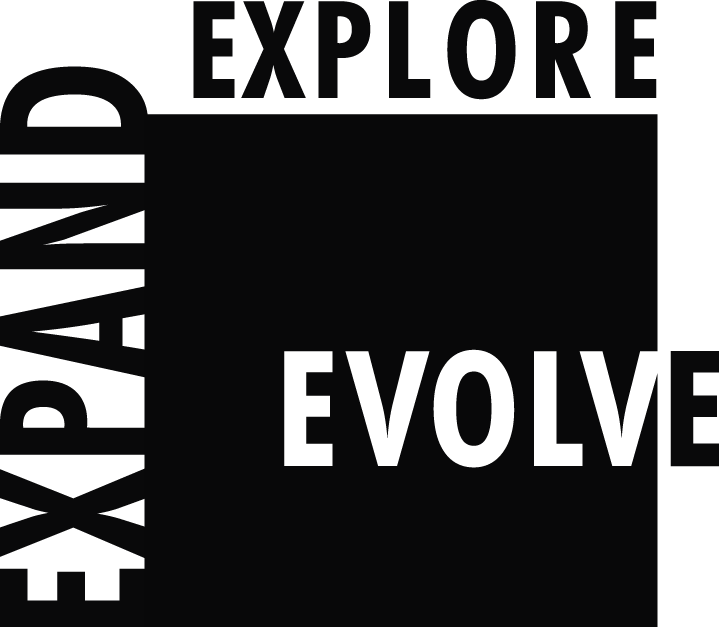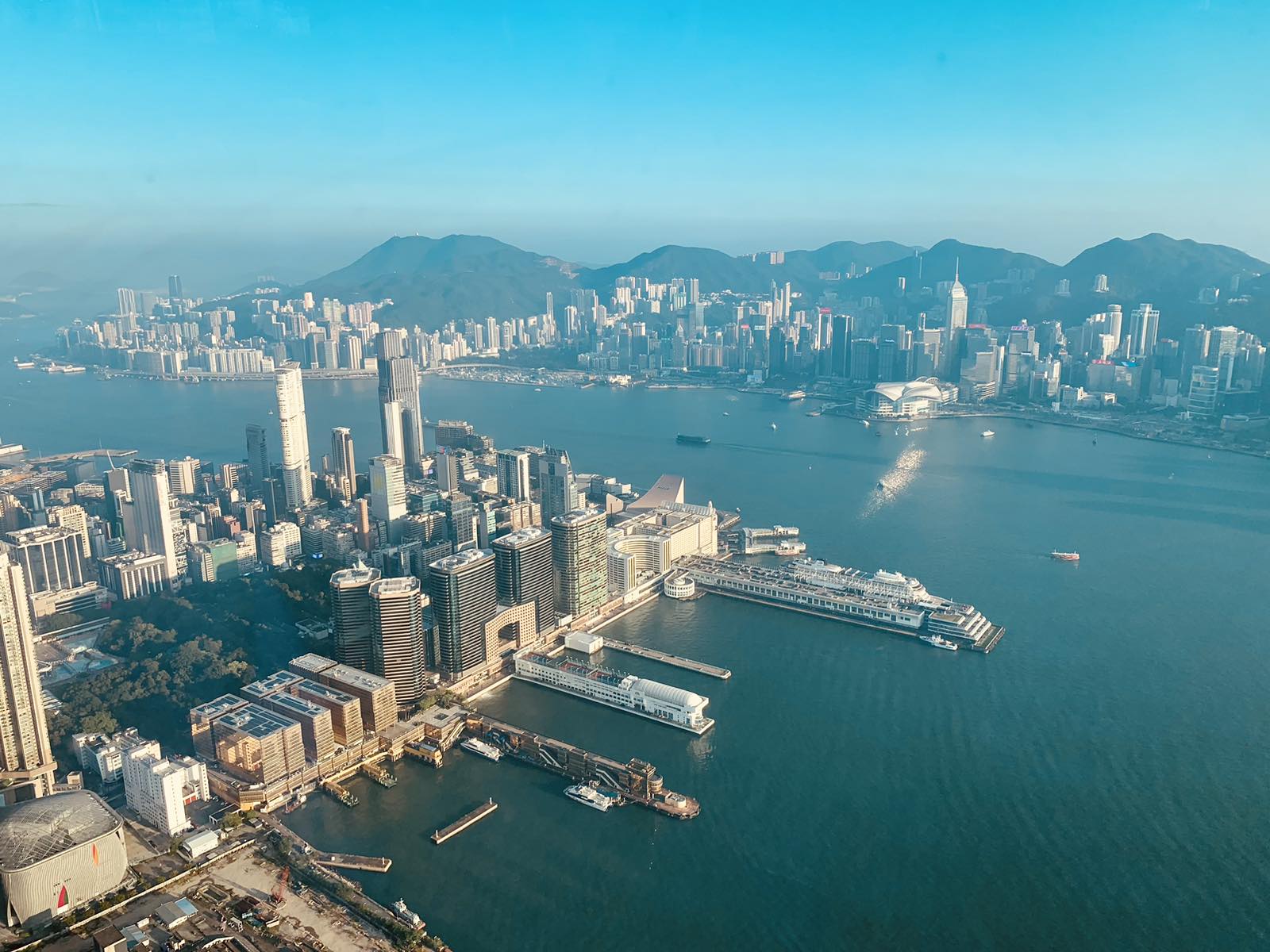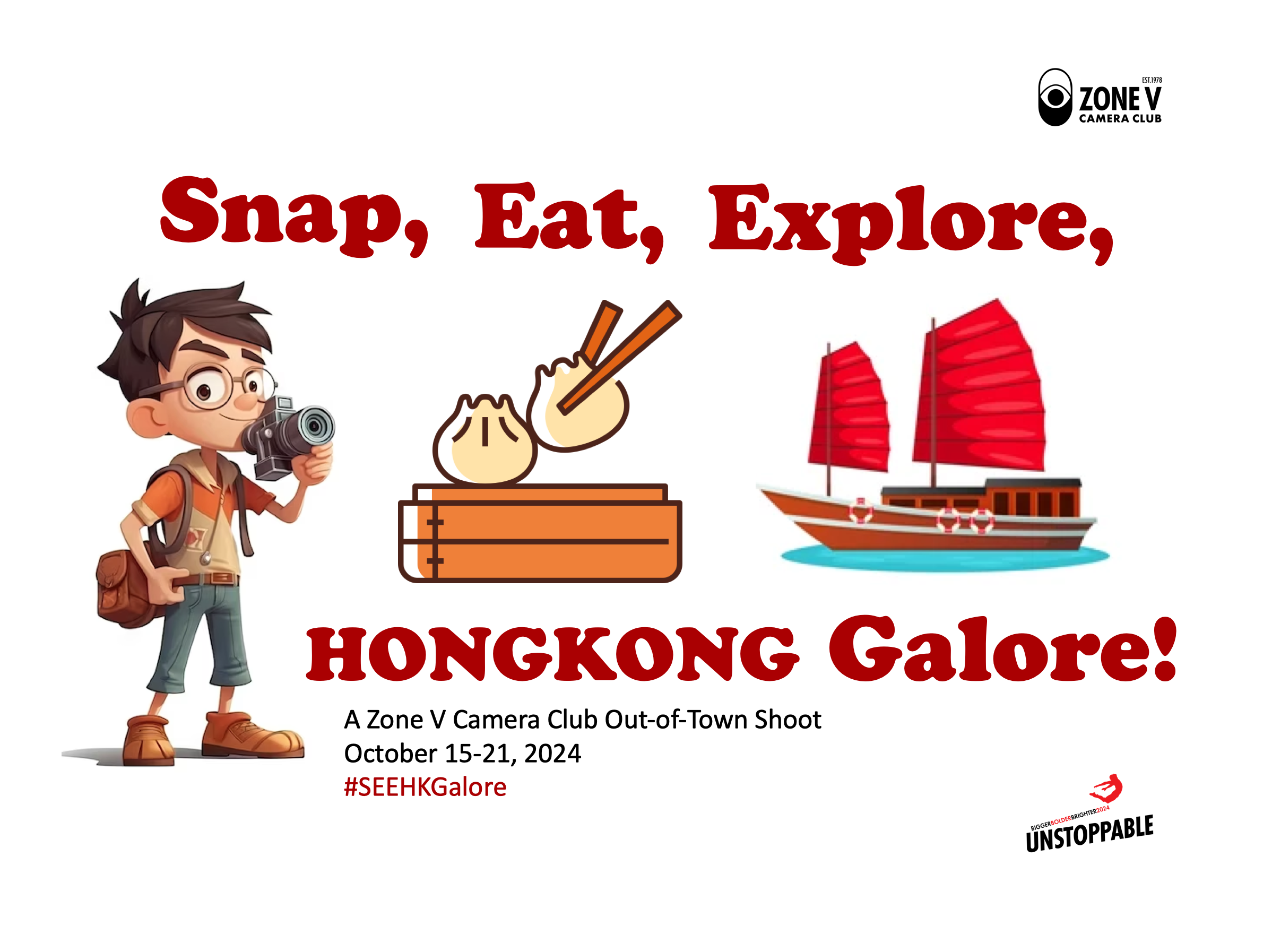SPOTLIGHT: Eddie Boy Escudero
A Man For All Times
By Jay Camus
EBE. Ebeyes. The Man in Black. It is a rare honor to introduce Eddie Boy Escudero. It could be said that EBE has always been ahead of his time. In an era when Pinoy rock or even Pinoy music was playing second fiddle to foreign acts, EBE was managing a local band.
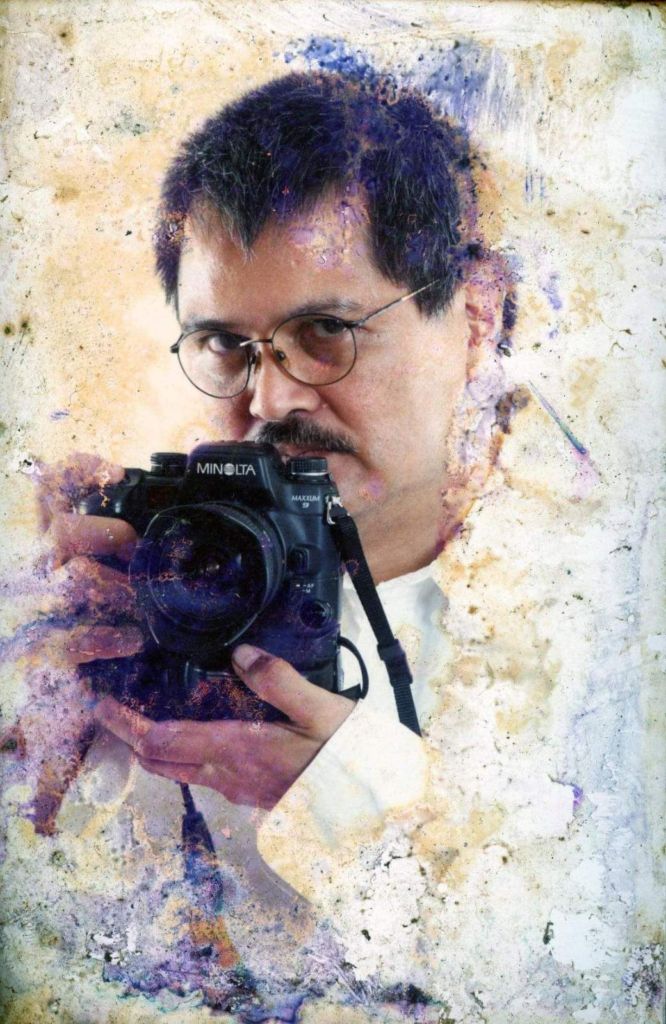
At the early age of six when most children are out playing games, EBE was rummaging through magazines with nude photography. At an age when most teenage boys were figuring out how to meet girls, EBE chose to spend his time idolizing the artistry of Hugh Hefner’s publication.
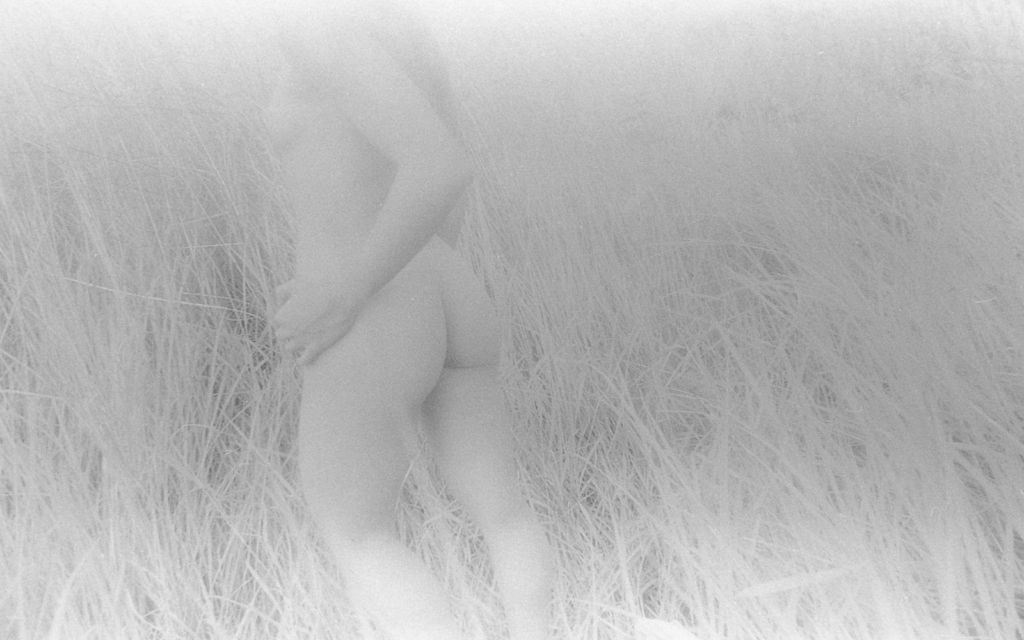
Eddie Boy got his first camera in Singapore when the band he managed landed an engagement in Singapore for a 3 month stay. While most people would opt for a simple point and shoot camera, he chose to be ahead of the curve again picking up a Minolta XG-1 with a Vivitar 35-70 zoom. From then on EBE took every opportunity to shoot as he worked on developing his craft.
A chance encounter with one of his classmates who happened to be a Zone Fiver changed EBE’s life forever. Jonas Liwag put the idea of EBE attending a ZVCC meeting. Meetings were held at Alfredo’s steak house in Quezon City at that time. Thoroughly impressed with the quality of the images entered in the contest, Eddie Boy was inspired to work even harder at photography.
The first contest joined was titled “Rural Life” in black and white. Being a relative of the owner of Villa Escudero gave EBE a chance to come up with the needed entries. One passing score was more than enough to set him on his way. A probee in 1991 and inducted the following year EBE learned all he could about the technical work of photography aside from developing his composition.
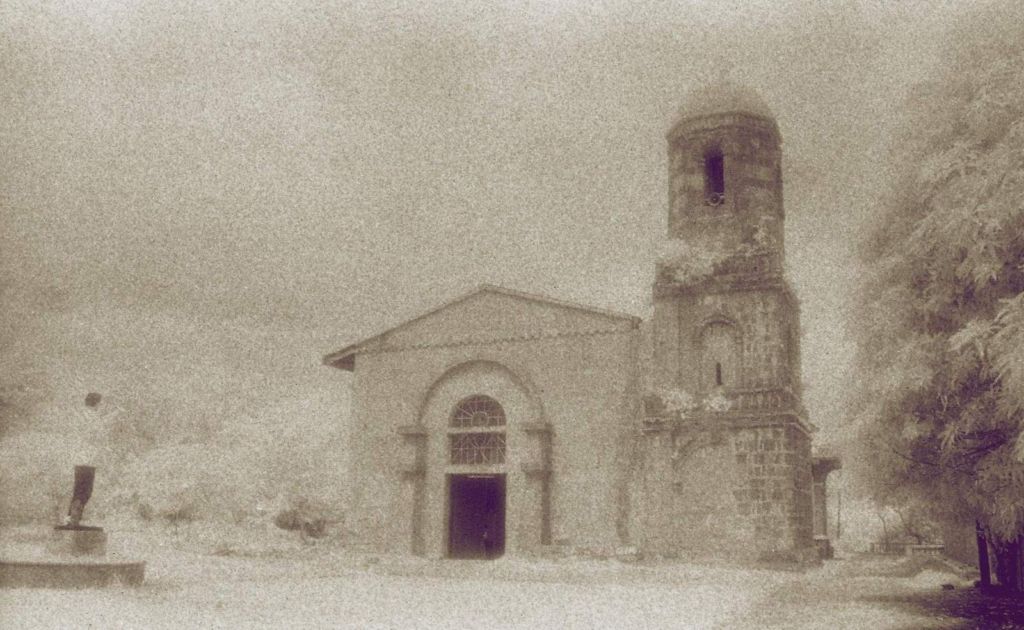
In his own words, “If you want to win, you have to really be creative and come up with something that will outshine all the other entries.” Not always the easiest thing to do given the level of skill the others bring along with them.
Like many other Zombies, Eddie Boy took what he learned in his time with the club and went into photography full time as his career. Most of his work was in wedding and events photography. EBE probably wasn’t the first photographer to shoot weddings while dressed all in black. He did make it the de facto standard as many other started following suit after seeing him at work. More notably, EBE popularized the documentary approach to wedding coverage that still dominates the industry today.
Aside from special events he also had a studio where he was able to shoot editorial images for several magazines as well as some album covers for the popular musicians of the time. Among these were covers for Alamid, Color it Red, Francis M, Andrew E, and several others. Other assignments included editorial work for Metro Magazine, some paparazzi shoots for the Philippine Inquirer, and portraits of artists commissioned by the Sunday Inquirer Magazine.
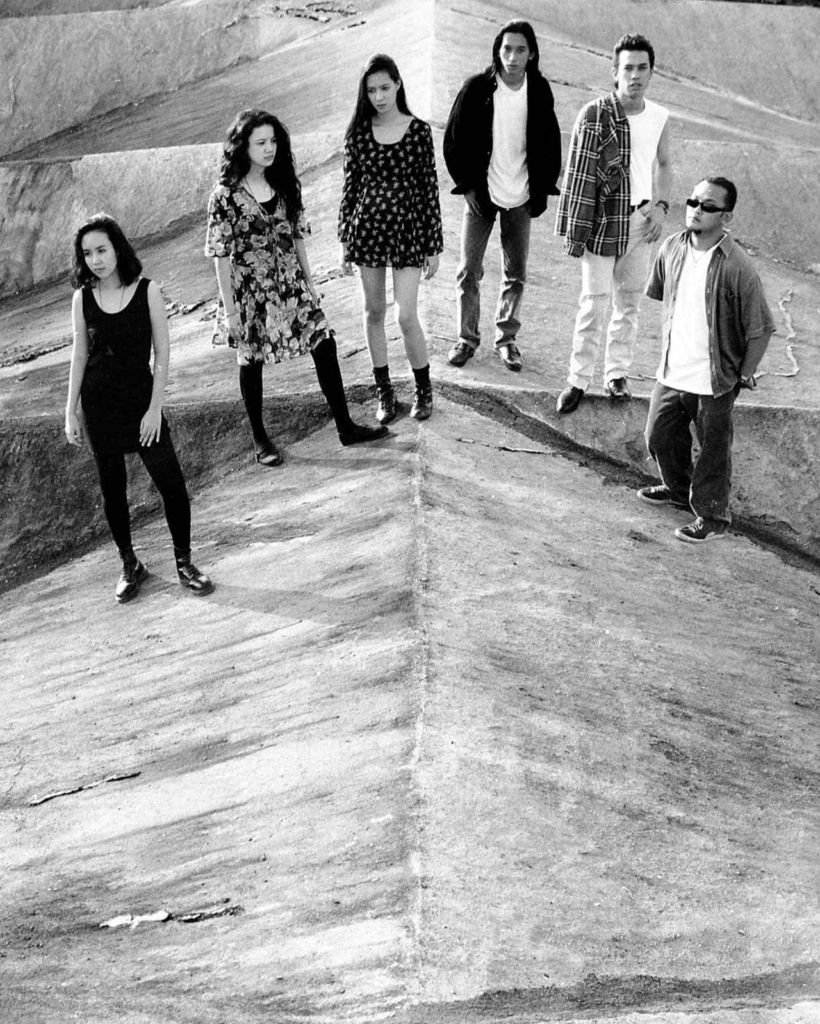
Eddie Boy Escudero was a common fixture in the Manila party scene of the 90’s. He documented the era of rave parties and rock concerts. The best of this may be viewed in his book, ‘When We Danced’, which was launched to rave (pun semi-intended) reviews last October. There may be more books on the way as EBE calls this is his first.
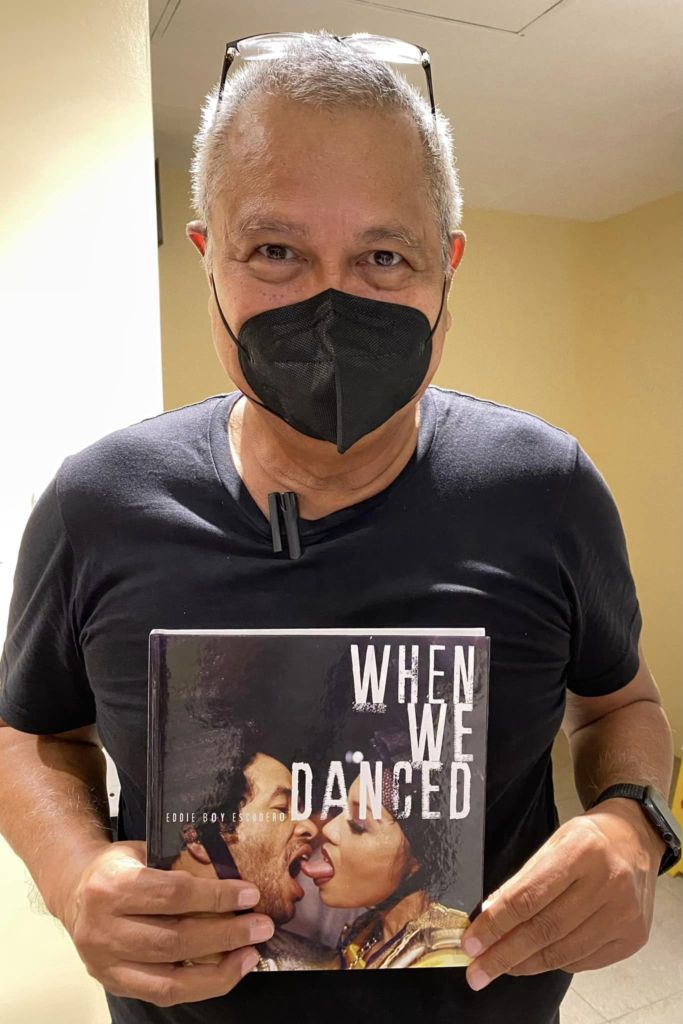
Eddie Boy counts his days with ZVCC as some of his most memorable. The monthly meetings, the out of town trips, and the various exhibits. While many of the unforgettable experiences in his life have started to fade from his memory the time spent with ZVCC will always count as those he considers his favorites.
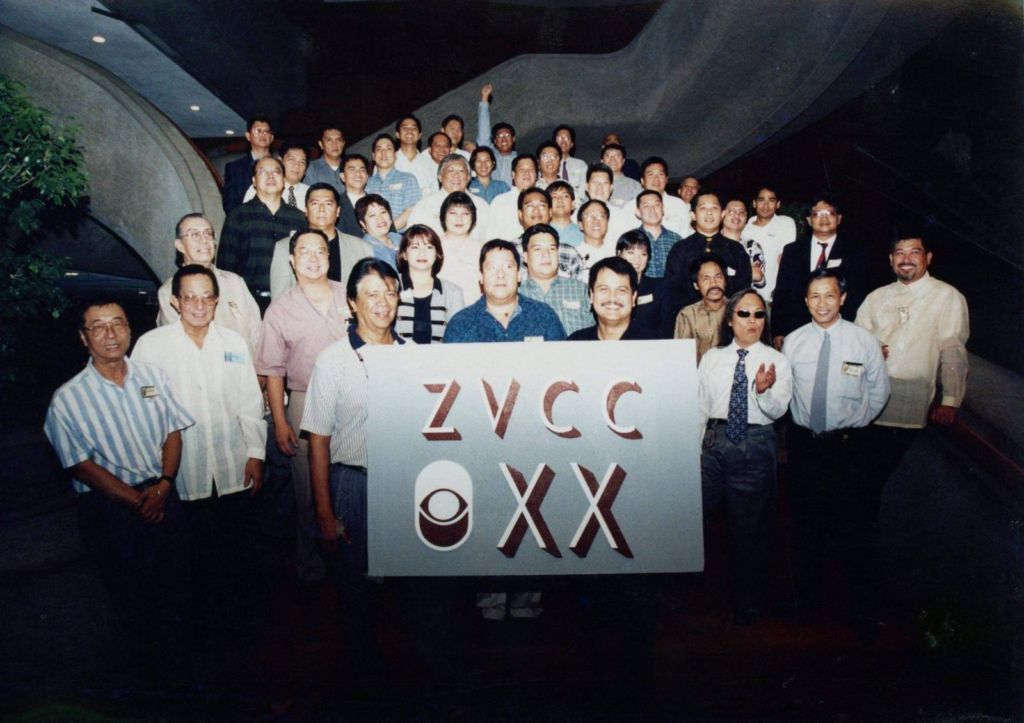
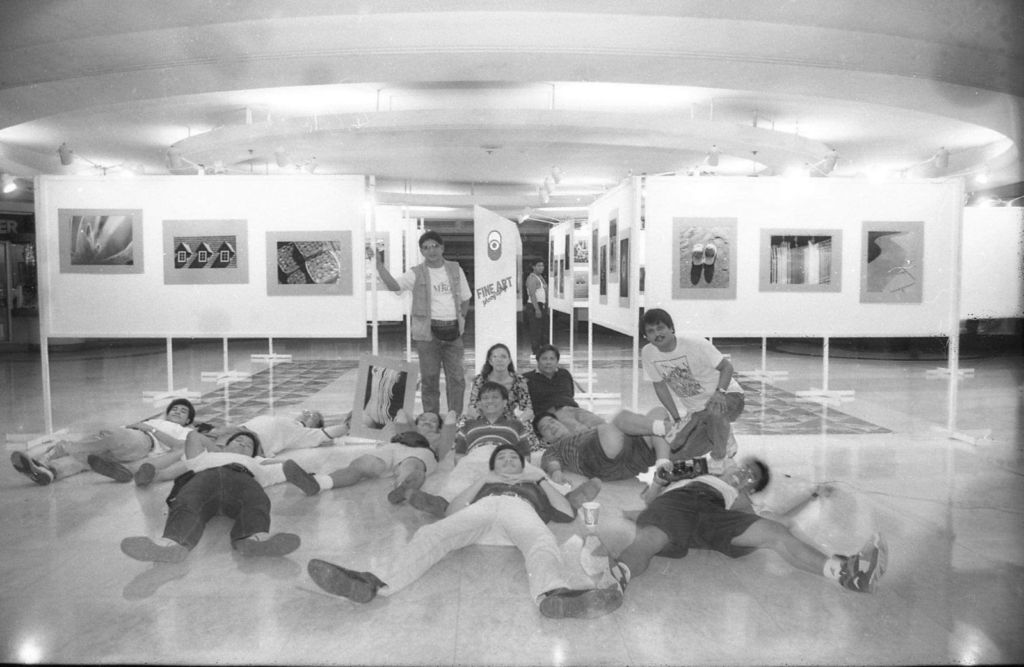
Eddie Boy has some wisdom to share with those who choose the photographer’s life. “Broaden your artistic horizons. Check out the works of the Masters. Not just photographers. Check out the painters, too. Listen to a variety of music. Dance. Write a poem.” Valuable advice from a man ahead of his time, a man for all times.
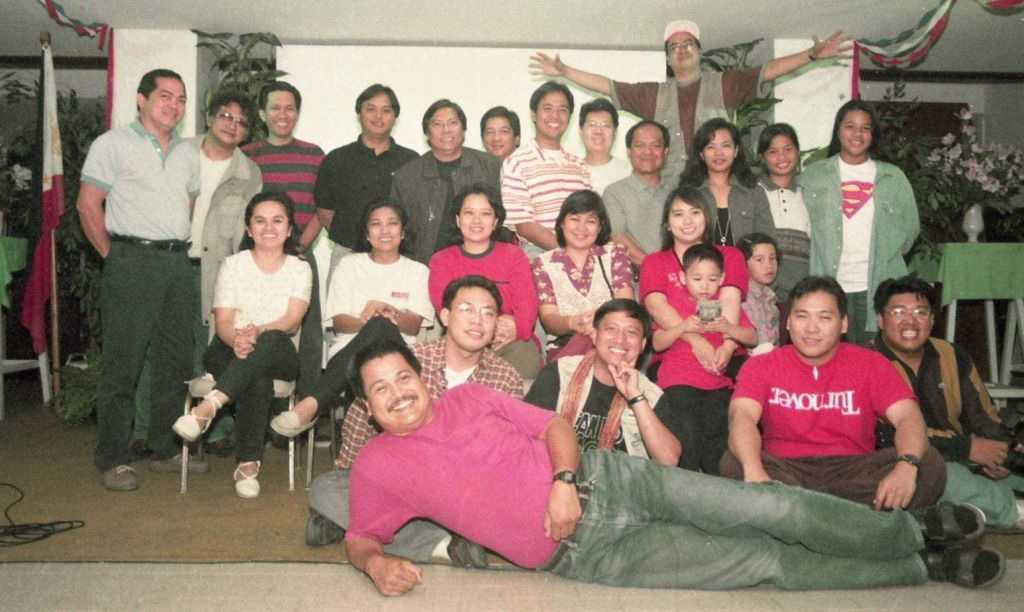
Photos courtesy of Eddie Boy Escudero
Acknowledgement:
Alfred Uy Bomping for the research done to complete this feature
